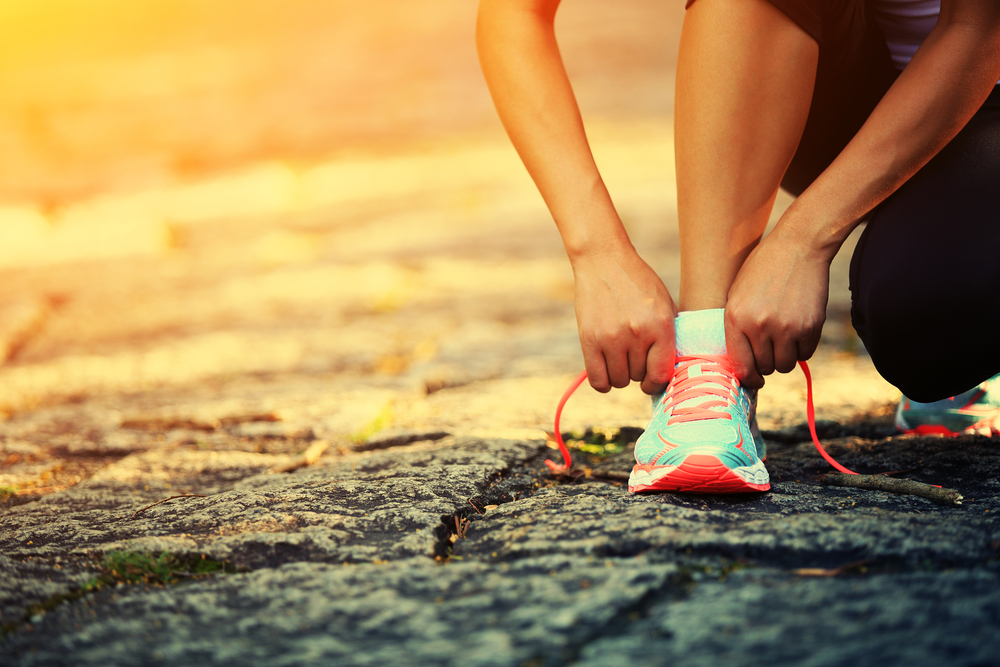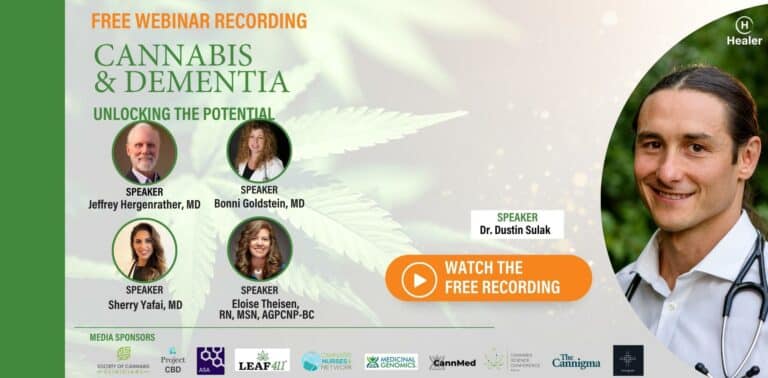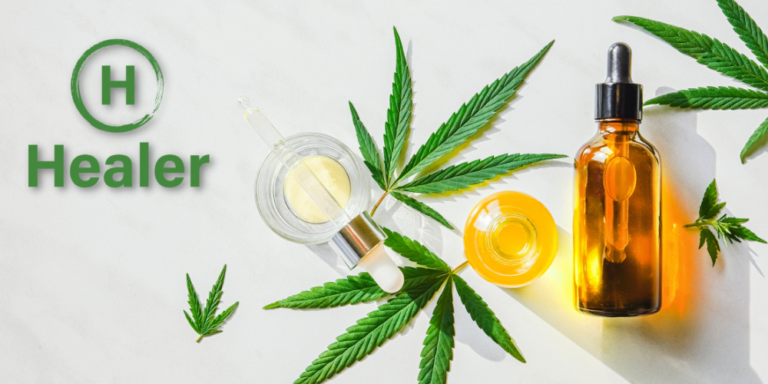While smoking is unlikely the optimal delivery method for cannabis in athletes, the use of cannabis can have performance-enhancing effects by reducing anxiety, thus promoting optimal performance under stressful conditions like competition, improving mood, and supporting post-exercise relaxation and sleep.1
Other studies have described improved oxygenation to tissues, improved vision, ability to forget previous traumatic experiences related to the activity, reduction in muscle spams, and pain relief.2 Recent animal research demonstrates decreased damage and improved healing after skeletal muscle injury,3 and protection of the brain in head injury.4 Many of my patients have also reported improved focus, increased optimism, and an easier time, “being in the flow.”
The compounds in cannabis have also been shown to regulate neuroplasticity, the structural changes and new connections made between neurons when we learn and master a specialized skill.5 If used correctly, cannabis can likely enhance an athlete’s ability to gain mastery over his/her sport.
While most of these benefits are attributed to THC, the major psychoactive constituent in cannabis, more research on THC’s non-psychoactive sibling, cannabidiol (CBD), has also revealed potential benefits for athletes, such as decreased inflammation and protection for the heart,6 lungs,7 and brain8 during injury.
In order to achieve these performance-enhancing effects from cannabis, an athlete would have to use the right type of cannabis, the right dosage, and the right delivery system. This is not an easy feat, as the topic is still taboo in most athletic circles, and there is little positive role-modeling or scientific information available. When used incorrectly, cannabis could certainly impair performance. Frequent, heavy cannabis smoking, for example, will likely worsen cardiorespiratory function.9 Excessive cannabis use can impair decision-making10 and slow reaction time.11
In health and medicine, we frequently see appropriate doses of cannabis relieving the same symptoms caused by excessive doses of cannabis – these observations called “bidirectional effects,” and indicate that most of the athletic adverse effects of cannabis could be transformed into benefits with appropriate dosage, and visa versa.
Several papers have concluded that cannabis use has a performance-enhancing (aka “doping”) effect,1, 2 while other studies that pay less attention to dosage and bidirectional effects have failed to support this notion.
Using cannabis, via vaporizer or oral medicine, in the right dose, could certainly improve recovery by reducing injury, speeding repair, enhancing relaxation, and improving sleep (see above #1).
As a physician, it is clear to me that the prohibition of cannabis, and other substances, is an ineffective and detrimental public health policy, especially when compared to education and rehabilitation. Similar attempts to prohibit cannabis in the realm of competitive sports would have similar poor outcomes, but I’m not sure where sports regulators draw the line on performance enhancement. One thing is clear, cannabis, like food, sleep and hydration, can both enhance and impair performance, depending on dosage.
Cannabis could potentially be beneficial to all sports, but especially those with high risk for head injury, because it can likely protect participants from the long-term consequences of concussion and brain trauma.
By Dustin Sulak DO
Feel and perform your best every day.
Physician developed with a step-by-step usage guide.

1 Saugy, M., et al. “Cannabis and sport.” British journal of sports medicine40.suppl 1 (2006): i13-i15.
2 Huestis, Marilyn A., Irene Mazzoni, and Olivier Rabin. “Cannabis in Sport.”Sports medicine 41.11 (2011): 949-966.
3 Yu, T., et al. “Beneficial effects of cannabinoid receptor type 2 (CB2R) in injured skeletal muscle post-contusion.” Histology and histopathology (2015).
4 Mechoulam, Raphael, David Panikashvili, and Esther Shohami. “Cannabinoids and brain injury: therapeutic implications.” Trends in molecular medicine 8.2 (2002): 58-61.
5 Fishbein, Miriam, et al. “Long-term behavioral and biochemical effects of an ultra-low dose of Δ9-tetrahydrocannabinol (THC): neuroprotection and ERK signaling.” Experimental brain research 221.4 (2012): 437-448.
6 Durst, Ronen, et al. “Cannabidiol, a nonpsychoactive Cannabis constituent, protects against myocardial ischemic reperfusion injury.” American Journal of Physiology-Heart and Circulatory Physiology 293.6 (2007): H3602-H3607.
7 Ribeiro, Alison, et al. “Cannabidiol, a non-psychotropic plant-derived cannabinoid, decreases inflammation in a murine model of acute lung injury: Role for the adenosine A 2A receptor.” European journal of pharmacology678.1 (2012): 78-85.
8 Pazos, M. R., et al. “Cannabidiol administration after hypoxia–ischemia to newborn rats reduces long-term brain injury and restores neurobehavioral function.” Neuropharmacology 63.5 (2012): 776-783.
9 Tetrault, Jeanette M., et al. “Effects of marijuana smoking on pulmonary function and respiratory complications: a systematic review.” Archives of Internal Medicine 167.3 (2007): 221-228.
10 Bolla, Karen I., et al. “Neural substrates of faulty decision-making in abstinent marijuana users.” Neuroimage 26.2 (2005): 480-492.
11 Borg J, Gershon S, Alpert M (1975) Dose effects of smoked marijuana on human cognitive and motor functions. Psy- chopharmacologia 42:211–218
12 Campos, Daniel R., Mauricio Yonamine, and Regina L. de Moraes Moreau. “Marijuana as doping in sports.” Sports medicine 33.6 (2003): 395-399.
© 2024 Healer. All rights reserved.
Site by CannaPlanners




